
Publishing is the activity of making information, literature, music, software, and other content available to the public for sale or for free. Traditionally, the term refers to the creation and distribution of printed works, such as books, comic books, newspapers, and magazines. With the advent of digital information systems, the scope has expanded to include digital publishing such as ebooks, digital magazines, websites, social media, music, and video game publishing.
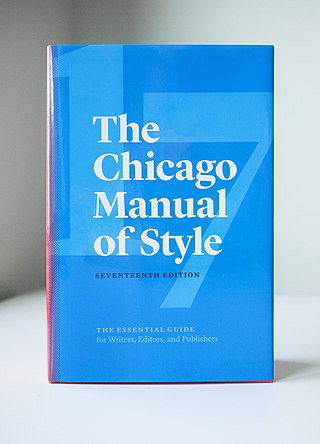
The Chicago Manual of Style is a style guide for American English published since 1906 by the University of Chicago Press. Its 17 editions have prescribed writing and citation styles widely used in publishing.
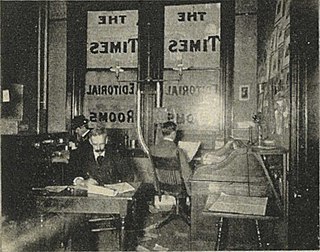
Editing is the process of selecting and preparing written, visual, audible, or cinematic material used by a person or an entity to convey a message or information. The editing process can involve correction, condensation, organization, and many other modifications performed with an intention of producing a correct, consistent, accurate and complete piece of work.
Collaborative writing is a procedure in which two or more persons work together to create a written document or content. This writing tool takes many different forms, including but not limited to academic papers, reports, creative writing, projects, and business proposals. Success in collaborative writing involves a division of labor, unique insights, and most importantly writing techniques. Oftentimes through a shared document, collaborators add edits, provide feedback, and record changes. Collaborative writing is often used in professional as well as educational settings, utilizing the expertise of those involved in the collaboration process.(Storch, 2005)
Electronic publishing includes the digital publication of e-books, digital magazines, and the development of digital libraries and catalogues. It also includes the editing of books, journals, and magazines to be posted on a screen.

Academic publishing is the subfield of publishing which distributes academic research and scholarship. Most academic work is published in academic journal articles, books or thesis. The part of academic written output that is not formally published but merely printed up or posted on the Internet is often called "grey literature". Most scientific and scholarly journals, and many academic and scholarly books, though not all, are based on some form of peer review or editorial refereeing to qualify texts for publication. Peer review quality and selectivity standards vary greatly from journal to journal, publisher to publisher, and field to field.
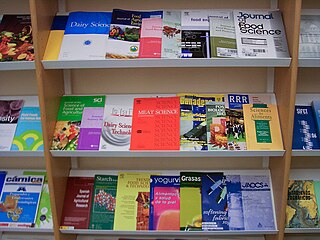
An academic journal or scholarly journal is a periodical publication in which scholarship relating to a particular academic discipline is published. Academic journals serve as permanent and transparent forums for the presentation, scrutiny, and discussion of research. They nearly universally require peer review or other scrutiny from contemporaries competent and established in their respective fields. Content typically takes the form of articles presenting original research, review articles, or book reviews. The purpose of an academic journal, according to Henry Oldenburg, is to give researchers a venue to "impart their knowledge to one another, and contribute what they can to the Grand design of improving natural knowledge, and perfecting all Philosophical Arts, and Sciences."

Copy editing is the process of revising written material (copy) to improve readability and fitness, as well as ensuring that a text is free of grammatical and factual errors. The Chicago Manual of Style states that manuscript editing encompasses "simple mechanical corrections through sentence-level interventions to substantial remedial work on literary style and clarity, disorganized passages, baggy prose, muddled tables and figures, and the like ". In the context of print publication, copy editing is done before typesetting and again before proofreading. Outside traditional book and journal publishing, the term "copy editing" is used more broadly, and is sometimes referred to as proofreading; the term sometimes encompasses additional tasks.
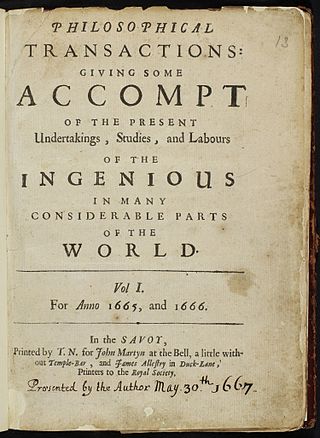
Scientific literature comprises academic papers that report original empirical and theoretical work in the natural and social sciences. Within a field of research, relevant papers are often referred to as "the literature". Academic publishing is the process of contributing the results of one's research into the literature, which often requires a peer-review process.
Standard manuscript format is a formatting style for manuscripts of short stories, novels, poems and other literary works submitted by authors to publishers. Even with the advent of desktop publishing, making it possible for anyone to prepare text that appears professionally typeset, many publishers still require authors to submit manuscripts within their respective guidelines. Although there is no single set of guidelines, the "standard" format describes formatting that is considered to be generally acceptable.
The editorial board is a group of editors, writers, and other people who are charged with implementing a publication's approach to editorials and other opinion pieces. The editorials published normally represent the views or goals of the publication's owner or publisher.
Parenthetical referencing is a citation system in which in-text citations are made using parentheses. They are usually accompanied by a full, alphabetized list of citations in an end section, usually titled "references", "reference list", "works cited", or "end-text citations". Parenthetical referencing can be used in lieu of footnote citations.
Book packaging is a publishing activity in which a publishing company outsources the myriad tasks involved in putting together a book—writing, researching, editing, illustrating, and even printing—to an outside company called a book-packaging company. Once the book-packaging company has produced the book, they then sell it to the final publishing company.
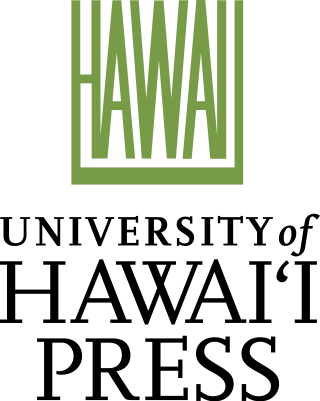
The University of Hawaiʻi Press is a university press that is part of the University of Hawaiʻi.
AuthorAID is the name given to a number of initiatives that provide support to researchers from developing countries in preparing academic articles for publication in peer-reviewed journals. Phyllis Freeman and Anthony Robbins, co-editors of the Journal of Public Health Policy (JPHP), first suggested the name and concept in 2004 and published "Closing the ‘publishing gap’ between rich and poor" about AuthorAID on the Science and Development Network (SciDev.Net), in 2005.
An authors' editor is a language professional who works "with authors to make draft texts fit for purpose". They edit manuscripts that have been drafted by the author but have not yet been submitted to a publisher for publication. This type of editing is called author editing, to distinguish it from other types of editing done for publishers on documents already accepted for publication: an authors' editor works "with an author rather than for a publisher". A term sometimes used synonymously with authors' editor is "manuscript editor" which, however, is less precise as it also refers to editors employed by scholarly journals to edit manuscripts after acceptance.
Language professionals are individuals who support authors in publishing by helping produce documents of appropriate scope and quality. Their role is particularly important in the research setting, especially when the authors are not native English speakers but are required to publish in English for international communication. The work of language professionals falls within the language industry.
Mediterranean Editors and Translators (MET) is a non-profit, interdisciplinary association for language professionals who work mainly with or into English within the Mediterranean area. The association's members include translators, authors' editors, copy editors, writing and presentation coaches, teachers of academic writing, applied linguists, interpreters, professional writers and more. MET offers training workshops, an annual conference, networking and other opportunities of continuing professional development for its members. The activities of the association are guided by six objectives, summarized as follows:
- Maintain a stable network and means to hold events for English language consultants
- Communicate knowledge that can contribute to improving the quality of language support services available in the Mediterranean
- Be a conduit for exchanging information between language consultants in our geographic area and those in other parts of Europe and the world
- Stimulate research in Mediterranean communities on the needs of academics, scientists and others and on promising practices that meet their needs well
- Identify local expertise in language support and help our experts share their knowledge with a wider audience
- Help users of language support services locate appropriate solutions to their needs and promote mutual understanding between suppliers and users of these services
The WAC Clearinghouse publishes peer-reviewed, open-access journals and books, as well as other professional resources for teachers and instructional materials for students. Writing-across-the-curriculum (WAC) refers to a formal programmatic approach within contemporary secondary and higher education composition studies that promotes the importance of writing in classes outside of composition.








